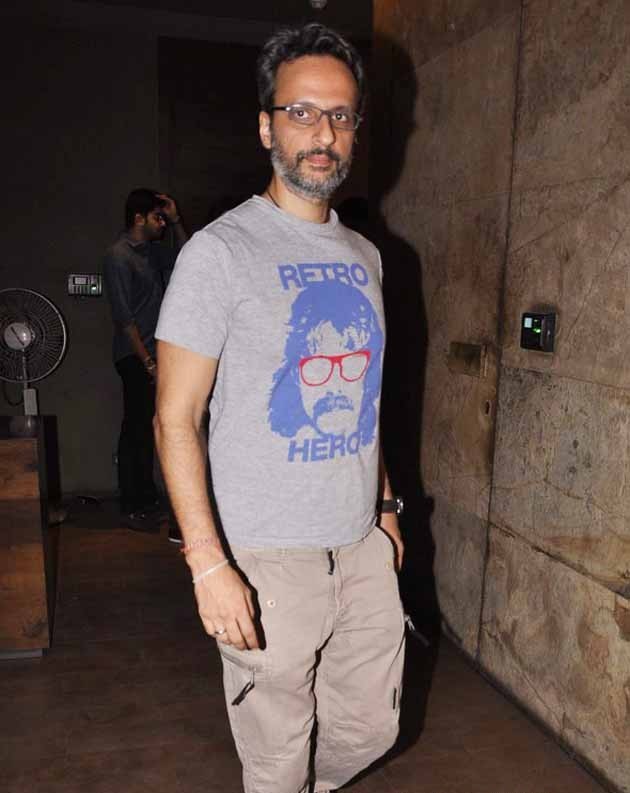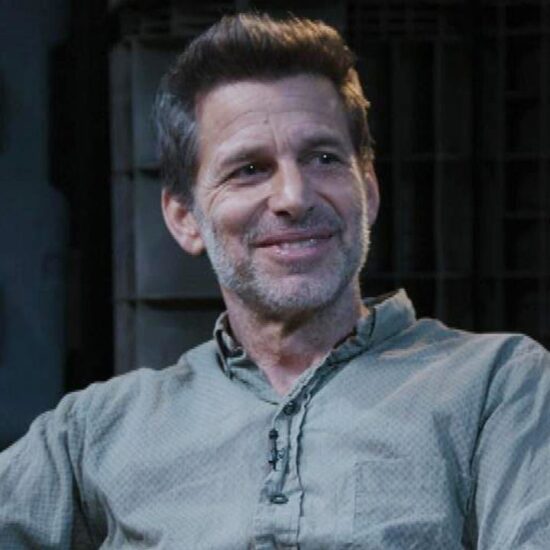
New Year’s Special: Distributor Anil Thadani in an exclusive interview with Siraj Syed, Part III
Siraj: How do you choose multiplexes or single screen cinemas for particular films?
Anil: Basically, you have to understand your own product. The kind of film you are releasing. And then you pick and choose where you think…which is the pocket that deserves a film like…a particular film. And that is how you release. It is your gut feeling about your product… what you are doing, because, it could be…for instance, if you are doing a Prabhaas film which is a Baahubali 2 and you are doing a Prabhaas film which is a Radhe Shyam. The genres are different, everything is different, so you treat them accordingly. I mean I cannot treat a Radhe Shyam like a Baahubali and a Baahubali 2 like a Radhe Shyam. It depends on the genre and how much you want to penetrate. I restricted Phone Booth to 950 outlets, whereas a Double XL was restricted to only 300 outlets.
Siraj: Do the same rules apply to single screen cinemas?
Anil: You pick and choose…where is it located. Double XL was suited more to south Bombay audiences, so I would release it there. I would not take it to the interiors. So, it depends on the film, basically.
Siraj: There is an estimate that the number of single screen cinemas in the country is less than 6,000. Is that correct?
Anil: I don’t have the stats, but I am sure it must be correct.
Siraj: And they are decreasing day-by-day. Is that a cause for concern?
Anil: Of course it is. Lesser the outlets, lesser the business. Unfortunately, it is becoming more and more difficult for them to survive. For the kind of land cost they own, the return is not much, so they are right in giving away the cinemas.
Siraj: I have raised this issue many times, even with ministers, that the kind of incentives that were given to multiplexes should have been given to single screen cinemas also…
Anil: I believe there is a law that the cinema owners cannot sell off their cinemas, which is unfair. They should have the right to sell off their property, just as a person who owns his residence or office has the right to do what he wants with it.
Siraj: One single multiplex owner owns more than 900 screens and has entered into an MoU with the next big player. That leaves no real competition in the multiplex players field at all. Is this going to the trend and no small players will be able to survive?
Anil: Let’s look at the producer-distributor scenario. If there are 10 distributors and 100 producers in the market, they all co-exist. It is up to the small chain-holders to decide whether they want to merge with the big chains or not. It depends on them.
Siraj: You don’t even need to deal with the small chains, just deal with the big two…
Anil: Of course you need to deal with them. So many of them generate good revenue. Today, if you have a Sterling in South Bombay, it collects very well. Even though there are two INOX multiplexes not far from there—INOX Nariman Point and INOX Metro—Sterling collects good money. There are a lot of cinemas like that.
Siraj: India produces about 2,000 films per year, but studies show that only 700-800 are actually released. They either wait for satellite and OTT rights or never see the light of day. What are your thoughts on this situation and what can be done to help them get distributed?

Anil: Every film does not deserve to get released. If there is no face value, no production cost…I am just making a film because I want to produce a film or be associated with this industry…I mean how do you expect? It has to be attractive for the audience to come in and see the film. If I am making a film which cannot attract audiences, how can I release the film? It is a wasted effort. So many films should not even be made. If the sensibility does not match with the sensibility of the audience, it is in any case a wasted effort. So you need a certain backing, you need a certain cast, you need a certain set-up for it to come out. But if these things are lacking, how do you release those films?
Siraj: Your take on this is that these films are lacking in the above departments, therefore…
Anil: Or the subject matter.
Siraj: What about borderline cases, where you feel that it is not a sure shot, but has some merits? Do you take a risk?
Anil: I have released many such films. If I see them and I like them…I know I am swimming against the tide, but I like to take it forward. I have released so many such films.
Siraj: Any examples?

Anil: Earlier, dubbed films that I distributed were risky films, because they were not in Hindi, and only dubbed in Hindi. Then there was a Masaan. I wanted to get associated with it. Then there was Waiting, with Naseeruddin Shah and Kalki Koechlin. I just wanted to do it. Two other examples are Fukrey and Dirty Picture. Nobody thought Dirty Picture would do the kind of business it did.
(Incidentally, Anil Thadani has just released a feature length documentary on a tiger, called Tiger 24).
(This is the third and concluding part)
(This interview was possible thanks to the charming, ever-helpful, Raveena Tandon, Mrs. Anil Thadani)














